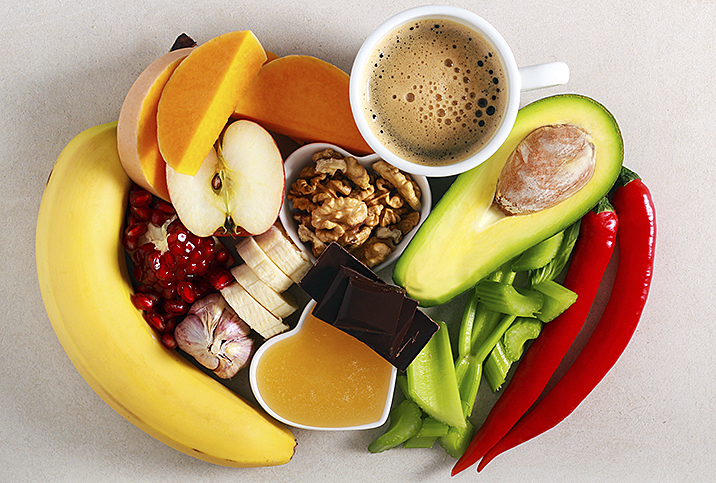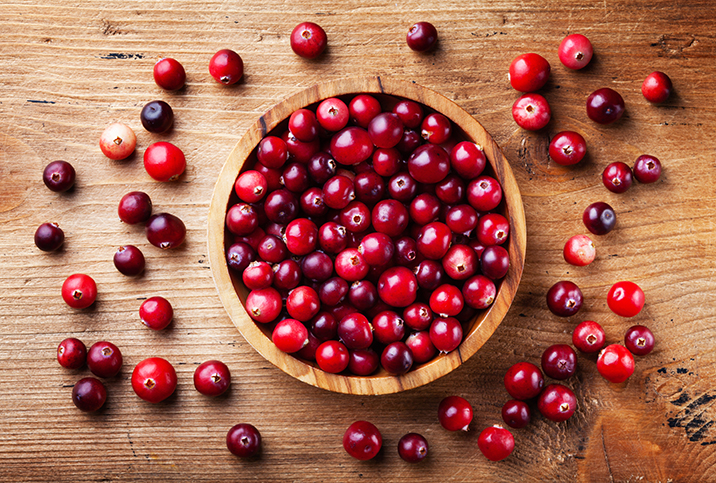Living (and Eating) With Lactose Intolerance

Living with lactose intolerance? While the diagnosis is a bummer and may leave you feeling like the odd man out in your social circle, the reality is a whopping 65 percent of people around the globe don't handle dairy well. However, you don't have to give up all your favorite foods.
What is lactose intolerance?
Lactose intolerance is a digestive disorder that results from reduced levels (or a complete lack) of an enzyme called lactase, which is responsible for breaking down lactose (the primary carbohydrate in dairy products) in your body. Without this enzyme, lactose in the diet can't be fully digested. The result is lactose malabsorption, which is characterized by many unpleasant symptoms, such as gastrointestinal (GI) distress, cramps and pain, nausea, bloating, gas and diarrhea. Not everyone with the condition is born with it—in fact, lactose intolerance typically presents in adulthood and risk increases with age. Other factors that increase chances are being born premature, small-intestinal diseases (Crohn's, celiac disease) and certain cancer treatments. Black Americans, Asians, Native Americans and Latinx individuals are at higher risk.
If removing dairy products from the diet causes symptoms to disappear, lactose intolerance is the likely suspect. Diagnosis can be confirmed via a hydrogen breath test or lactose tolerance test. Treatment is predominantly prevention—removing or significantly minimizing dairy. There are also modified dairy products and enzyme supplements.
What a diagnosis means
In short, lactose intolerance means you can't eat, or should significantly reduce consumption of, dairy products, such as milk, cheese, butter, yogurt, ice cream, sour cream and whipped cream. That may be a big change if you like pizza and loaded baked potatoes.
However, there are dairy-free milks, cheeses, ice creams, butters, yogurts and beyond readily available. More than that, products come in countless varieties, with milk substitutes made from oats, soy, almonds, coconut, rice, peas, macadamia nuts and hazelnuts. The same goes for ice creams and yogurts. And while plant-based cheeses were once scoffed at (and let's get real, they weren't great years ago), they have come a long way.
Some of your favorite dairy products may be offered in lactose-free versions, such as lactose-free cow's milk. If you're determined to stick with dairy, there are therapies for lactose intolerance (including lactase to break down the lactose for you), pills you can take right before eating and other supplements including L-glutamine and probiotics to reduce stomach discomfort.
Managing social impacts
At first, social situations can seem problematic, but eating out doesn't have to be scary. Many restaurants offer dairy-free options, and if they don't, look for dishes where it's easy to omit dairy ingredients. Having dinner at a friend's? Don't stress. Let them know you're lactose intolerant and ask if they can leave cheese on the side or cook in olive oil instead of butter. Whipping up an old family favorite? Tweak the recipe! Try plant-based versions of ingredients.
Staying positive
While cutting out foods can seem like a huge restriction, try to focus on all the things you can still eat. In reality, there's not much that has to change, particularly if you're willing to get a little creative. There are benefits to going non-dairy. Studies indicate cutting out dairy may reduce risk of heart disease, certain cancers, osteoporosis, thyroid problems and acne, and promote a healthy weight. Plus, dairy production contributes significantly to greenhouse gas emissions, so you're doing the planet a favor each time you leave it off your plate. You're not weird, and you are most definitely not alone, as about 4.9 billion people are in the same spot.

















